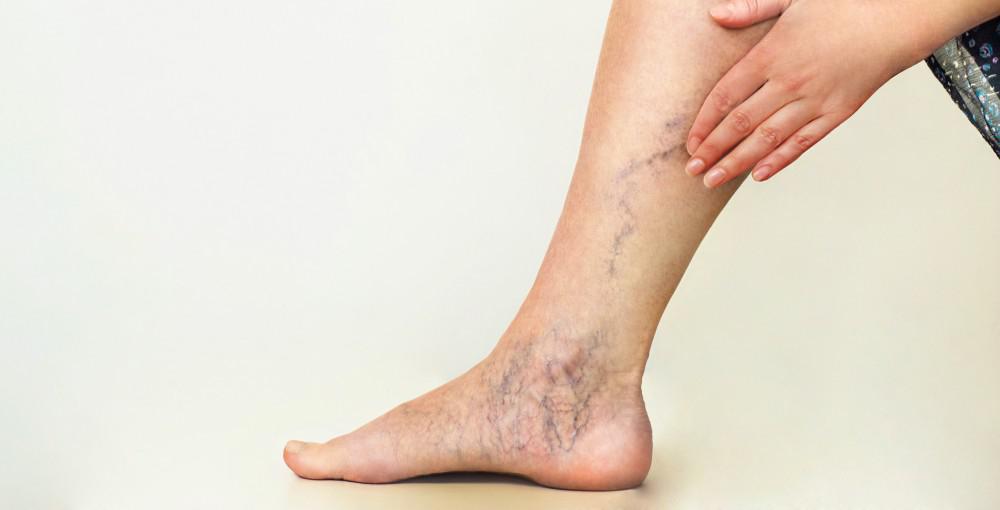What is the Femoral Vein?
La Jolla Vein Care2022-01-03T13:29:29-08:00The femoral vein is a large blood vessel of the leg that allows deoxygenated blood to travel to the heart and lungs to become oxygenated. It is located deep within the muscles of the thigh beginning just above the knee (at the adductor canal it is the continuation of the popliteal vein) and ends at the groin level (specifically, it ends at the inferior margin of the inguinal ligament where it becomes the external iliac vein. It accompanies the femoral artery in the femoral sheath. In this ultrasound image from La Jolla Vein Care, notice that the femoral vein runs along the same course as the femoral artery, which provides oxygenated blood from the heart and lungs to the rest of the body. The arteries and veins carry blood in opposite directions. Ultrasound imaging detects the direction of blood flow and in this image, it femoral vein is ‘blue’ depicting blood flow moving toward the heart and the femoral artery is ‘red’ demonstrating blood flow away from the heart.

Ultrasound image of the femoral vein and femoral artery. Ultrasound imaging detects the direction of blood flow and in this La Jolla Vein Care image, the femoral vein is ‘blue’ depicting blood flow moving toward the heart and the femoral artery is ‘red’ demonstrating blood flow away from the heart. Notice that the femoral vein and artery are located within the muscle. For orientation purposes, the skin is located at the top of the image.






